Classic metal: Cars of 1962
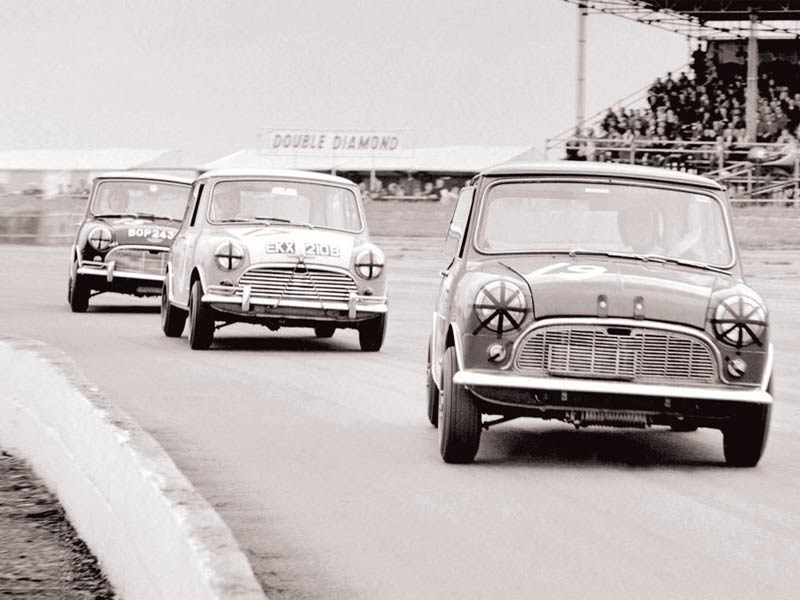 Morris Mini Cooper
Morris Mini Cooper

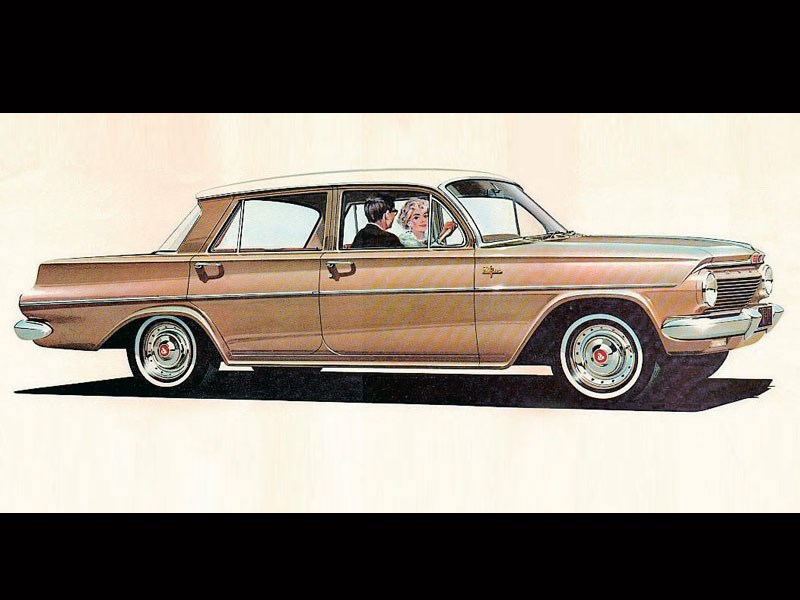 Holden EJ Premier
Holden EJ Premier

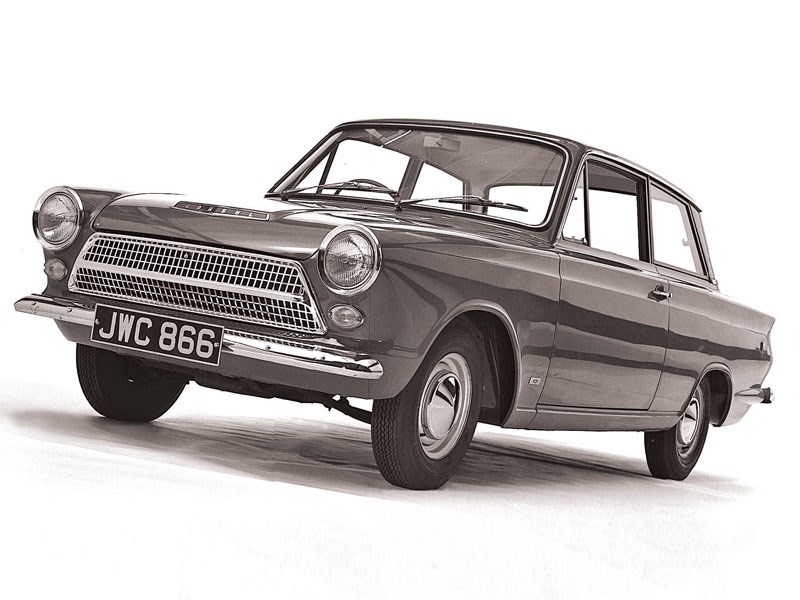 Ford Consul Cortina
Ford Consul Cortina

 BMW 1500
BMW 1500
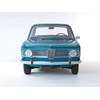
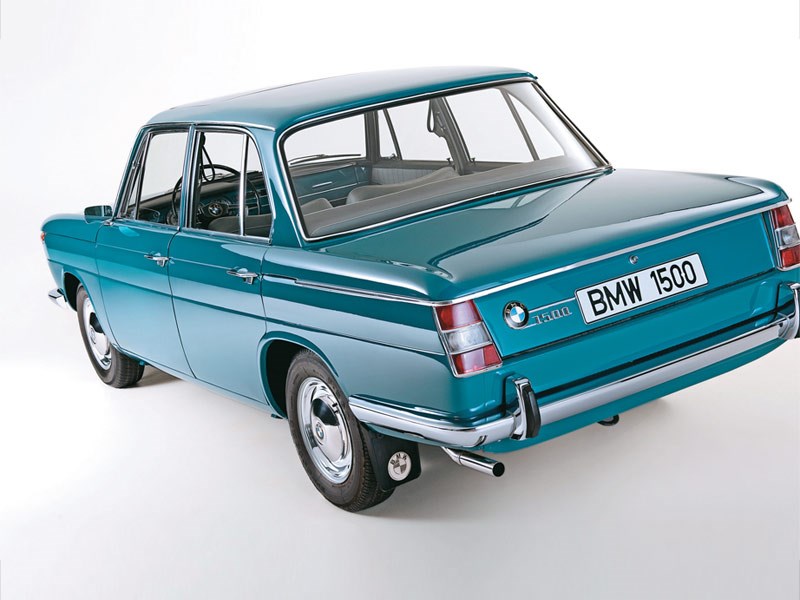 BMW 1500
BMW 1500

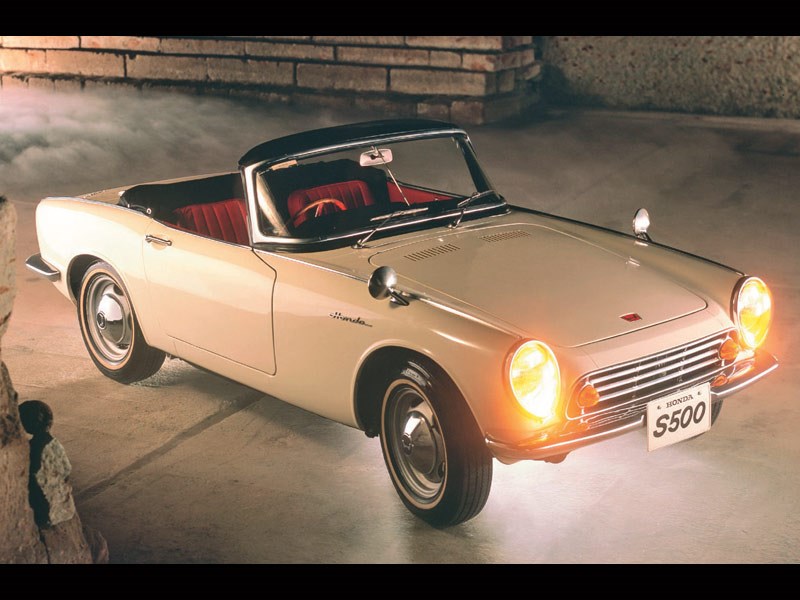 Honda S500
Honda S500

 Ford Fairlane 500 Compact
Ford Fairlane 500 Compact

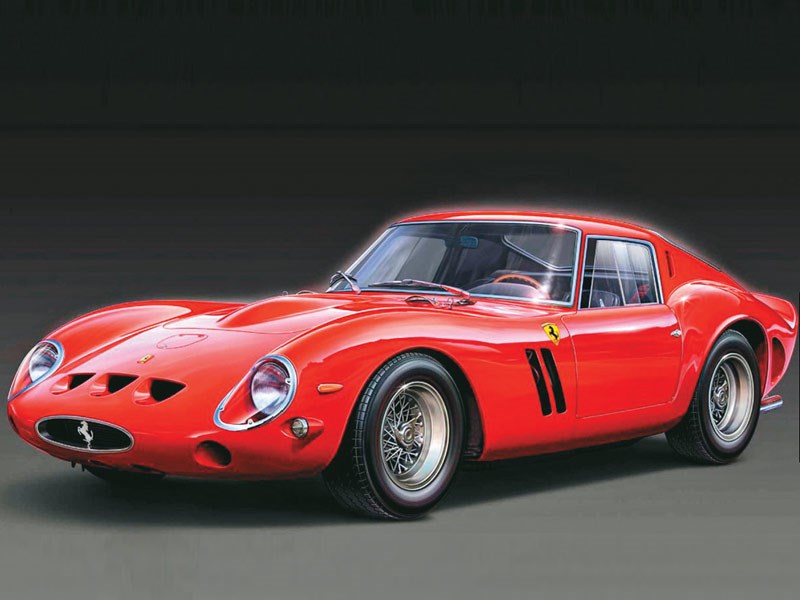 Ferrari 250 GTO
Ferrari 250 GTO

 MGB
MGB
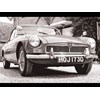
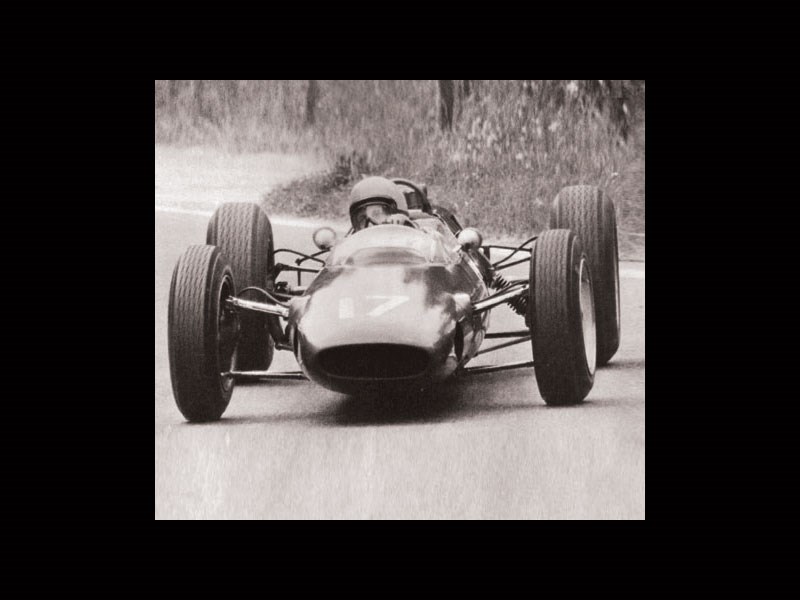 Lotus 25
Lotus 25


|
|
Morris Mini Cooper
|

|
|
Holden EJ Premier
|

|
|
Ford Consul Cortina
|

|
|
BMW 1500
|

|
|
BMW 1500
|

|
|
Honda S500
|

|
|
Ford Fairlane 500 Compact
|

|
|
Ferrari 250 GTO
|

|
|
MGB
|

|
|
Lotus 25
|
What a year for car design - Joe Kenwright looks back at some of the great cars from '62...

|
|
Classic metal: Cars of 1962
|
It was the year of Sydney's first skyscraper, The Beatles' first single and Marilyn Monroe's death. But 1962 was a great motoring year...
Class of '62
It’s the Swinging Sixties. Europe can finally take a break from post-war reconstruction to satisfy a mass market restless for new and exciting cars. Americans, jaded from the wild and wacky annual changes delivered by the boom of a decade earlier, are looking for something genuinely different. Australia now has the capability to build or assemble anything behind its high tariff walls. And the Japanese are quickly gaining the confidence to offer fresh new designs of their own.
Because Australia was essentially the crossroads for every major car-building nation, it offered a better vantage point than most. Fifty years on, we relive the cars that made 1962 a vintage year.
MORRIS MINI-COOPER
The original Mini-Minor (badged as the Morris 850) was too basic for the Aussie market and not up to our big distances. But the local arrival of the first Mini-Cooper (or Morris Cooper as it was badged here) in November 1962, a year after its UK debut, changed that overnight.
No longer just a runabout for a sister or mother, both genders of all ages lusted after a Cooper. Ian Fraser in Wheels January 1963, summed up why: "Indecently fast for one so small, BMC’s Cooper-Mini is such a projectile that few vehicles, including sports cars, match its performance."
The big-bore exhaust, two-tone paint, wheel trims, slatted grille and bumper extensions transformed its street presence. Private Cooper S imports quickly followed and made a big impression on the track. Within two years, we were offered a Mini-Deluxe unique to Australia with Cooper styling and a similar 998cc engine. Its equally unique local Cooper S stablemate was used for police highway duties, then went on to clean sweep Bathurst in 1966. The ’62 Cooper’s styling cues and its mechanical layout survive to this day in current Mini models.
HOLDEN EJ PREMIER
The Holden EJ should’ve been a national embarrassment after a Modern Motor cover scoop alerted the Americans that local draftsmen had no chance of bringing Holden into line with global styling trends. But Aussies traditionally couldn’t care less about who is involved in a new model, as long as it’s good. After American designers intervened, the EJ that emerged in August 1962 proved far more than a single model leap over the outgoing EK.
Despite its old ‘grey’ engine, the new EJ introduced the Premier, which ruled a line under bleak local functionalism. Shimmering metallic colours, leathertrimmed bucket seats, full carpet, fan-boosted heater/demister, windscreen washers, padded dash, centre console, white steering wheel, gold-plated badges, full wheel trims, whitewall tyres, all capped by groundhugging, up-to-the-minute styling had never been offered to average Australians in one package before.
Its XL Falcon Futura rival was no match as most of its features were optional. Wheels said: "The Premier has turned the mundane into the luxurious." Not only did the EJ Premier raise the bar for every manufacturer on the local market, it also marked the one millionth Holden.
STUDEBAKER AVANTI
In a desperate move to prise another model from its obsolete chassis and mechanicals, Studebaker commissioned Raymond Loewy to create the Avanti in its dying days.
On the road by 1962, it looked more radical than any concept car, including front side blades, an air intake moved below a full-depth, solid-panel front, fastback roof and glass, curved bodysides, Coke-bottle hip line, and short-boot/ long-bonnet proportions. It pre-empted the pony car craze and, more than any other design, provided a glimpse of styling trends well into the ’70s.
FORD CONSUL CORTINA
Ford took a step sideways from rival oddball designs, then directed the same ingenuity and effort in perfecting the conventional three-box sedan. For the new Cortina shell, Dennis Roberts, under Ford UK’s chief body engineer, Australian Don Ward, exploited structural engineering principles from the aviation industry he had just left.
Told to "eliminate the unwanted passenger", he also had to make it strong enough for African and Australian exports. His weight and cost savings allowed Ford to offer extra appointments, rear-seat width and boot capacity unheard of at the price. Launched as the Consul Cortina to highlight its Consul family car ambitions, it created a new segment separate from the Anglia. A new 1.2-litre version of the Kent engine delivered unprecedented performance for its modest price while setting new fuel-economy benchmarks.
It was too easy to assume in 1962 that the Morris 1100 would define the future with its pioneering four-door, two-box design and transverse front-drive mechanicals. But after Cortinas dominated global motorsport, including three consecutive Bathurst wins, it was the Ford’s ground-breaking build simplicity and structural priorities that would later save the Morris 1100 blueprint from oblivion.
BMW 1500
In 1961, BMW stood for quaint Quandt family company going under. They needed to target the extra spending power of the 1960s by plugging the gap between BMW’s "baroque angel" V8 limousines and its motorcyclepowered microcar/bubble car ranges.
Enter one of the boldest, clean-sheet family car ranges ever – the ‘New Class’ BMW 1500, the original blueprint for the world’s most-loved sports sedans. After a fatal whispers campaign killed the benchmark Borgward Isabella 1.5-litre which once defined the segment, the BMW 1500 became the obvious replacement. Its fully independent suspension, powerful overhead cam engine and fresh Michelotti looks (which introduced BMW Design Director Wilhelm Hofmeister’s C-pillar kink) are credited for inspiring the Datsun 1600.
While the Triumph 2000, Rover 2000 and Alfa Romeo Giulia 1600 re-ignited a segment defined by the Isabella and MG Magnette, BMW cut its long European waiting lists. Eventually, we saw the larger BMW 1800/2000 versions when they finally launched here in 1967. Meanwhile, Hofmeister’s team had smoothed-out the original concept and created the iconic 1602/2002 before it morphed into the first 3-Series in 1975. The 1500’s original engine design almost made it to 1990. The rest is history.
CHEVY II
Whispers that Chevrolet intended to supplement its rear-engined Corvair with a new unitary-bodied, conventional compact sent shockwaves through the US industry. That Chevrolet would offer a slightly bigger car than its Falcon and Valiant rivals was a given, but few anticipated Chevrolet’s first in-line four since 1929 and its small-six derivative. On its 1962 release, the 153ci (2.5-litre) four matched the entry Falcon’s six, while the 194ci (3.2-litre) six comfortably outgunned the Falcon’s Pursuit 170 option, though not the bigger Valiant six. It was hugely successful.
By 1964, a 283ci (4.6-litre) V8 was offered. Because the Chevy II’s extra wheelbase defined the size of the 1966 Falcon, it effectively established the long-term blueprint for the Australian family car. Norm Beechey was the first on these shores to recognise the track potential after he switched from his Mustang to the Nova V8 version in 1966. And without the Chevy II, there wouldn’t have been a Camaro.
The current Commodore/SS/ Camaro relationship is an exact repeat of the 1960s Chevy II/Nova/Camaro relationship.
HONDA S500
Although mass production of Honda’s S500 roadster didn’t commence until 1963, it was released and offered for sale in 1962 as the S360. A breathtaking peek into the future Japanese industry, it was a staggering achievement, even by world standards.
With its extensive motorcycle expertise, Honda didn’t need to clone or copy existing mainstream models. The S500’s tiny twin-cam, in-line four, fed by quad side-draught carburettors, could spin like a top – allowing the pocket-sized 650kg sports car to reach 130km/h. In what seems more 2012 CAD than 1962 intuition, every mechanical component was paired of weight and intricately cast with strategic ribbing. Westerners carelessly derided its chain-drive, except the enclosed roller chains inside each rear wheel’s fully trailing arms deftly eliminated the weight and compromises of early half shafts. The skinned ladder chassis was old-school, but only because Honda had yet to invest in big body presses.
Even if the Datsun Fairlady 1500 of the same year seemed more mature, it was little more than an ageing MGA clone with a more modern-looking body – an approach that applied equally to the Triumph TR4 and Sunbeam Alpine. Australians were among the first to buy Honda’s S600 export versions (from 1965) and loved them.
FORD FAIRLANE 500 COMPACT
The first ‘Compact’ Fairlane and its new 221ci (3.6-litre) small block ‘Challenger’ V8, better known as the Windsor, was as much the father of the AC Cobra as AC or Shelby.
As a tough new unitary design that revived the size, space and performance of the last Customline without its weight or thirst, the compact Fairlane was welcomed here with open arms. In fact, the promise of a smaller Fairlane that shared parts with the Falcon convinced local management to drop its Zephyr project at the 11th hour for the XK Falcon. As the new Falcon stretched resources, Ford Oz skipped the bold new 1960-61 US models and used 1959 Canadian Meteor parts to keep the ‘Tank’ Fairlane alive until 1962.
This big jump left the compact Fairlane looking like a concept car in 1962 with its clever, carry-over styling cues. After the compact Fairlane’s tougher suspension parts saved the first Falcon, the next Aussie Falcon was derived from the 1966 Fairlane.
By the time the Australian ZA Fairlane, with its similar dimensions and clear styling links, filled the gap left by the compact Fairlane, the original car’s influence was cemented. It had defined a popular new local prestige class that still survives 50 years later in the Holden Caprice.
FERRARI 250 GTO/LUSSO
Calling the 250 GTO a cheater would be a bit harsh but it was as much a closed version of Ferrari’s purpose-built Testa Rossa race car as an homologation version of the SWB 250 GT. That it slithered within the rules by a razor’s edge might explain why it was so successful and has since become the most valuable and sought-after road-going race car.
Worried that the 1961 Jaguar E-Type would soon expose the 250 GT’s brick-wall front, Enzo Ferrari despatched Giotto Bizzarini and his team to build a new race car in secret, with a special chassis and engine moved 20cm behind the front axle and a skin-like body streamlined over mechanicals and driver, then tapering into a nose like an E-Type’s. Bizzarini’s management of air flow and cooling to front and rear mechanical parts was pioneering. Later Bizzarinis, his Iso Grifo and the C3 Corvette further immortalised the shape.
Enzo knew he was pushing his luck with the six-carburettor Testa Rossa engine, the purpose-built five-speed manual transmission and Testa Rossa disc brakes, so he specified the GT’s live rear axle, not the race car’s independent rear suspension. Scaglietti finessed Bizzarrini’s new body in aluminium ready for a February 1962 launch as the 250GT Comp/62.
The British press called it the GTO (Omologato) to distinguish it from the SWB 250 GT, a term which must have made the factory twitchy when they shared little more than a rear axle. But the GTO’s race-car focus later prompted a very different road car, the Pininfarina-styled, Scaglietti-built 250 GT Lusso – the last and most gorgeous of the 250 GT road cars.
MGB
Defining the first departure from MG’s full-chassis, side-screen heritage was a tortured, delayed process. After Renault claimed it could see the blunt front of its rear-engined Floride in the MGB’s fresh new visage, the upheaval didn’t stop until it was dismissed as nonsense. Both cars unashamedly reflected the styling direction of late-1950s Ferraris and Maseratis.
Despite its unitary body, the MGB was neither as stiff nor as light as it should have been – leaving its ageing Austin mechanicals to struggle to crack the ton (160km/h). But its styling hit bull’s eye, the price was right, and its spacious wind-up-window cabin added the refinement and practicality that eluded previous MGs. Americans loved it, and so did Australians after it went into local production. Although sold elsewhere until 1980, the MGB’s 1972 local withdrawal avoided the rubber bumpers and anti-pollution gear that ruined it.
The real star of 1962, though, was the Lotus Elan, except it needed MGB practicality and Mazda reliability and build quality to validate its advanced technology. Once Mazda achieved this, the MX-5 obliterated the MGB’s formidable production record. But the MGB must be judged a success for its packaging, and its ever-lasting appeal, if not its substance.
LOTUS 25
Although monocoques had been seen before in race cars, the Lotus 25 went one further as the world’s first fully-stressed mid-engined monocoque Formula 1 model – establishing the blueprint for virtually every F1 car since.
Initially inspired by the ground-breaking centre spine construction of the Elan road car of the same year, the 25 was built around an exquisitelycrafted, single monocoque tub that boosted stiffness by a factor of three and cut weight by half compared to its tubular frame equivalent. Its minimalist layout left the driver in a semi-reclined position to match the tiny, low-profile 1.5-litre engine, as dictated by new regulations.
The dramatic cut in weight and wind resistance gave the equally innovative Cosworth V8 a boost, and the stiffness allowed more supple suspension for extra grip on lumpier circuits.
Jim Clark and the Lotus 25 were made for each other and enjoyed unprecedented success. In a few short years, the principles crossed into GT racing then a new breed of supercars.
Unique Cars magazine Value Guides
Sell your car for free right here
Get your monthly fix of news, reviews and stories on the greatest cars and minds in the automotive world.
Subscribe

.jpg)




.jpg)



